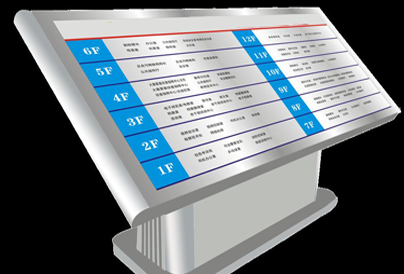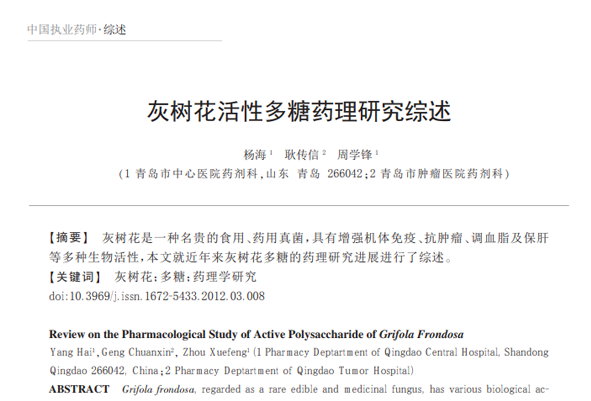1、 BI-RADS ultrasonic breast classification
Category 1 negative: no abnormality found on ultrasound.
Category 2 benign finding/findings: it is essentially non malignant. Unilateral cyst belongs to this grade. Intramammary lymph nodes (which may still be included in Grade 1), breast implants, fibroadenomas with stable postoperative changes and no changes found by continuous ultrasound examination also belong to grade 2.
Category 3 potentially benign finding: short term follow-up is recommended: fibroadenoma is the most likely solid mass with clear margin, oval shape and horizontal growth, and its malignant risk is less than 2%. At present, short-term follow-up is increasingly becoming a treatment strategy. Inaccessible complex cysts and small clustered cysts can also be included in this grade for short-term follow-up.
Category 4 suspicious malignancy: biopsy should be considered: the probability of cancer in this grade of focus is 3% - 94%. These lesions should be graded, i.e. low-grade, moderate or more likely malignant. In general, grade 4 lesions require biopsy of the tissue. Solid masses without all ultrasonic features of fibroadenoma and other benign lesions are included in this grade. 4-level sub level division principle:
Category 4a is a low-grade suspected malignancy. The pathological results are generally non malignant. 6 months or routine follow-up should be carried out after obtaining benign biopsy or cytological results. For example, palpable, locally well-defined solid masses, ultrasound features suggest fibroadenoma; Palpable complex cyst or possible abscess.
Category 4B has moderately malignant lesions. There is a close correlation between radiation and pathology of lesions belonging to this grade. Some well-defined and some poorly defined fibroadenomas or fat necrosis can be followed up, but papillomas may need resection and biopsy.
Category 4C may be more malignant, but it is not as typical as category 5. For example, irregular solid mass with unclear boundary or new cluster fine pleomorphic calcification. This grade of lesion is likely to be the result of malignancy.
Category 5: high suggestive of malignancy: appropriate measures should be taken: almost certainly malignant. Ultrasound findings of abnormalities classified as this grade have a 95% or higher risk of malignancy, so definite treatment should be considered at the beginning.
Category 6: known biopsy proven malignancy: appropriate measures should be taken: the patients with biopsy proven malignancy before seeking treatment belong to this level.
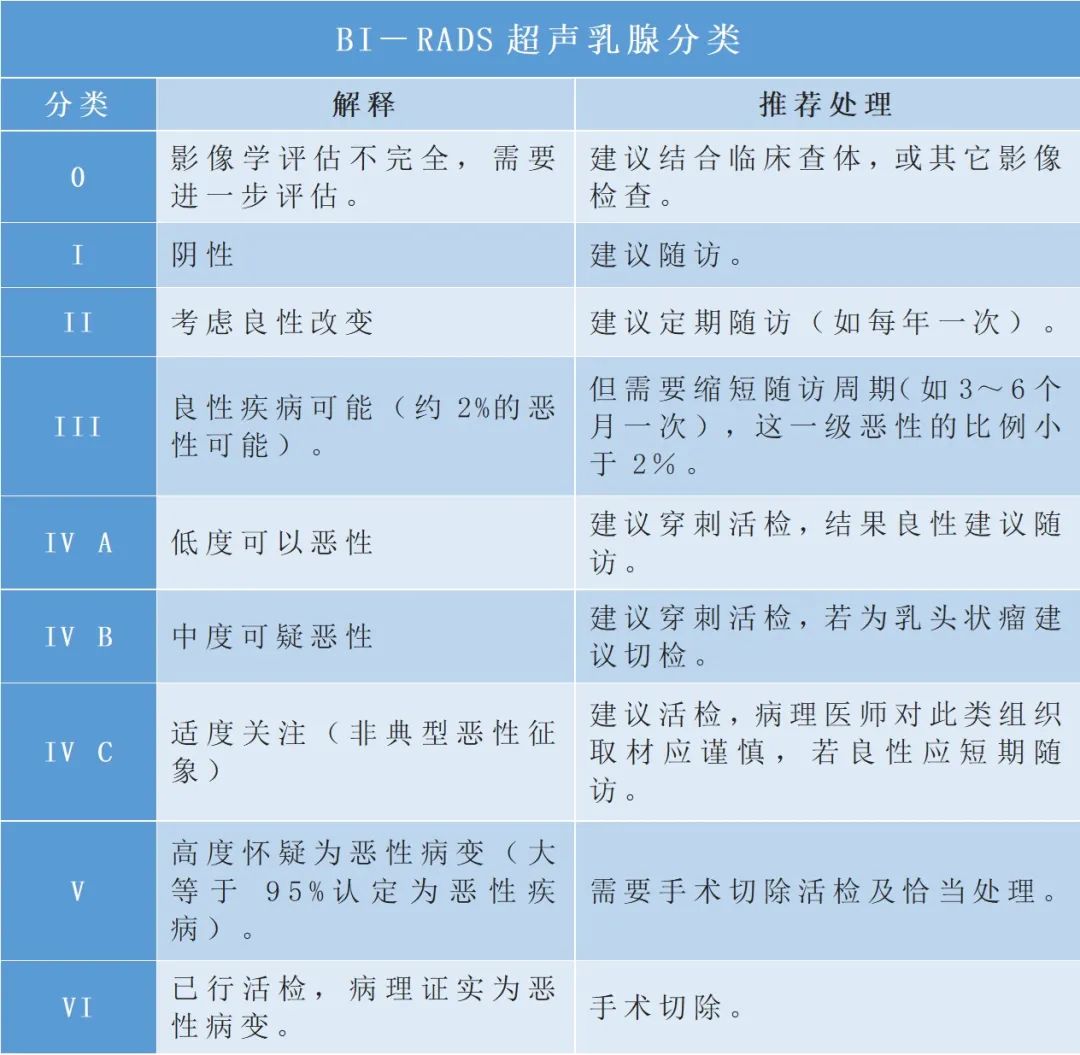 2、 C-rads colon space occupying grading
2、 C-rads colon space occupying grading
 3、 Cad-rads coronary classification
3、 Cad-rads coronary classification
Cad-rads specifies the range of 0 (no stenosis) ~5 (at least one artery is completely occluded) for further imaging or processing according to the classification. The modifiers s (stent), G (graft), and V (vulnerable plaque) are used to better describe the artery. Cad-rads classification depends on the degree of stenosis.
 4、 Li rads liver image classification
4、 Li rads liver image classification
The examination methods include: dynamic enhancement of CT (late arterial phase, portal phase, delayed phase), dynamic enhancement of non-specific contrast agent of MRI (late arterial phase, portal phase, delayed phase), dynamic enhancement of liver and gallbladder specific contrast agent, DWI, T2WI, T1WI in the same phase.
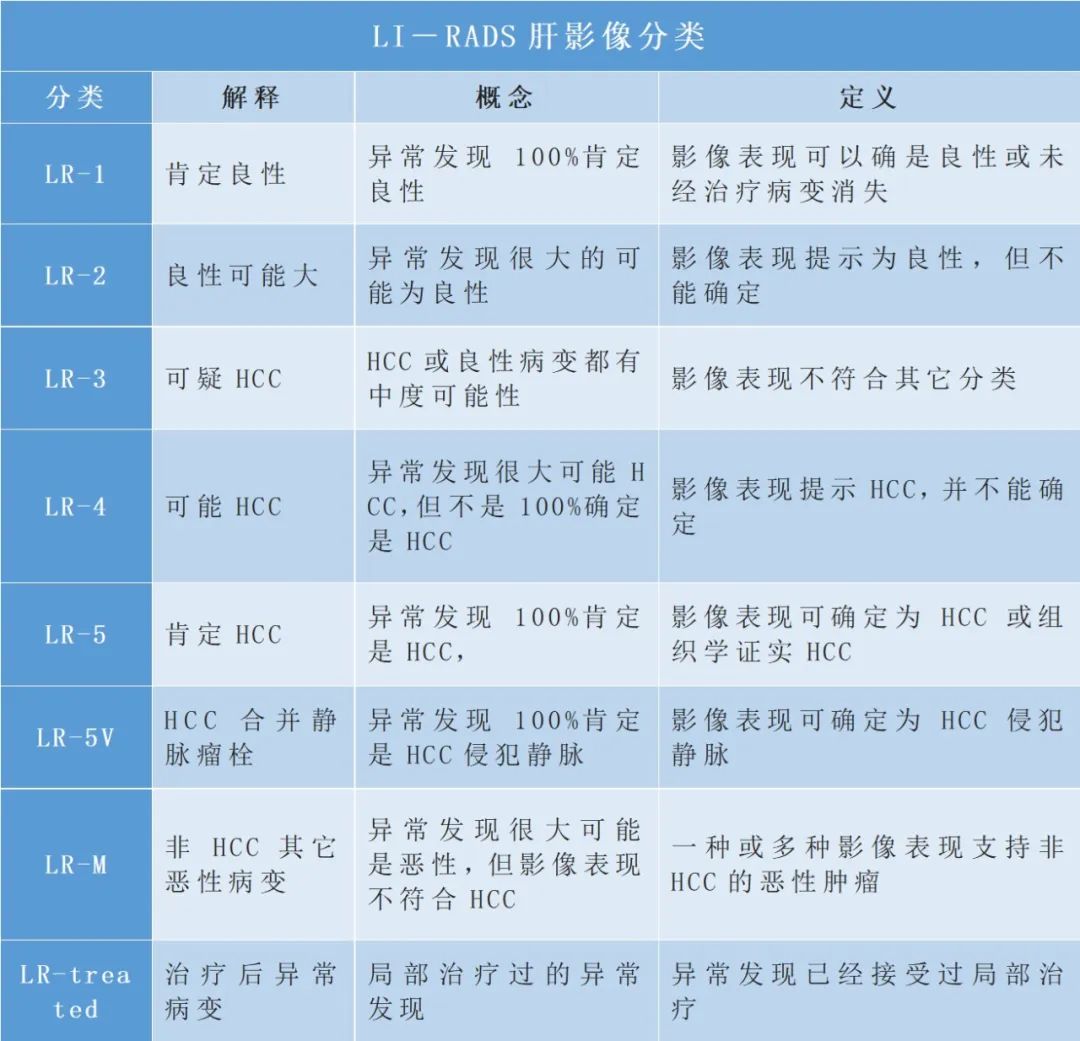 5、 Lung rads classification of pulmonary nodules
5、 Lung rads classification of pulmonary nodules
 6、 Ti rads thyroid grading
6、 Ti rads thyroid grading
 7、 Guide to pi-rads prostate imaging reporting and data system
7、 Guide to pi-rads prostate imaging reporting and data system
Mp-mri examination includes T2WI, DWI, DCE, MRSI, etc.
According to the comprehensive mp-mri findings of T2WI, DWI, DCE and MRSI of the prostate, the scoring method was given for the possibility of clinically significant prostate cancer. Prostate cancer with clinical significance was defined as Gleason score ≥ 7, with or without volume ≥ 0.5cm3 and extracapsular invasion. Biopsy should be considered for pi-rads score of 4 or 5. For prostate peripheral zone (PZ) diseases, DWI results are the main results, for example, DWI score is 4, T2WI score is 2, then pi-rads score is 4; Prostate transitional zone (TZ) disease was mainly diagnosed by T2WI.
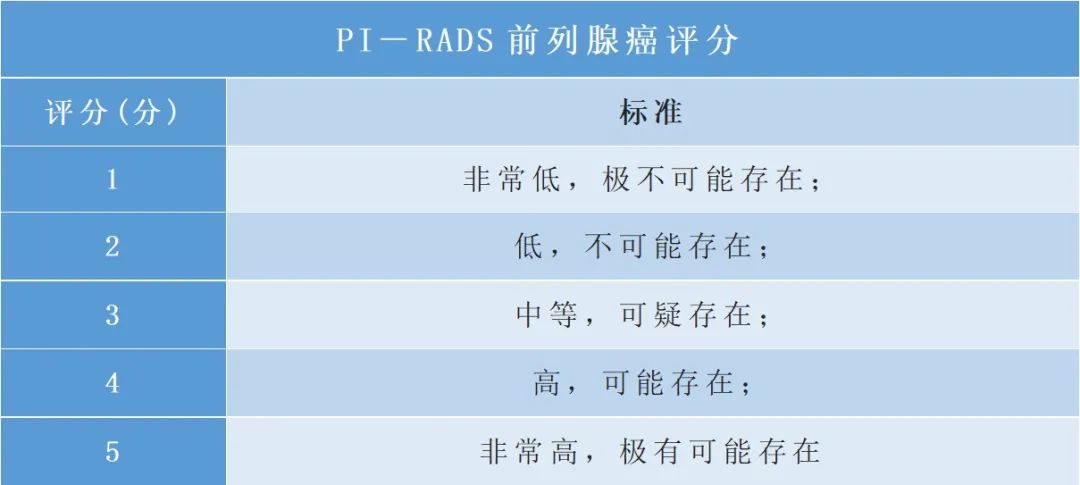
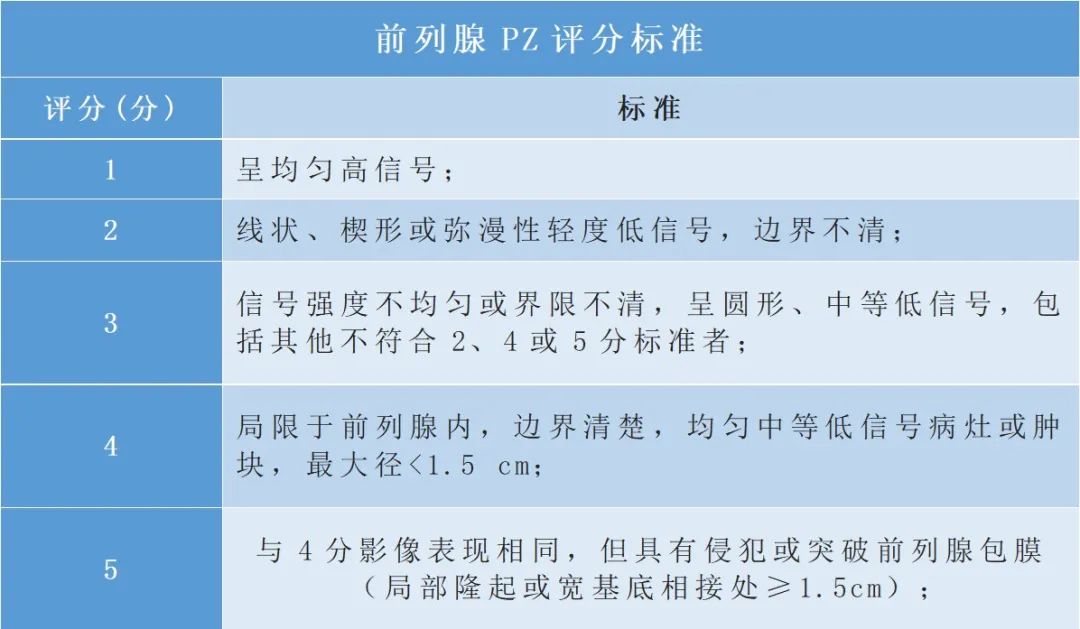
 The ADC value of prostate cancer was negatively correlated with Gleason grade, but the ADC value overlapped greatly among benign prostatic hyperplasia, low-grade or high-grade prostate cancer.
The ADC value of prostate cancer was negatively correlated with Gleason grade, but the ADC value overlapped greatly among benign prostatic hyperplasia, low-grade or high-grade prostate cancer.
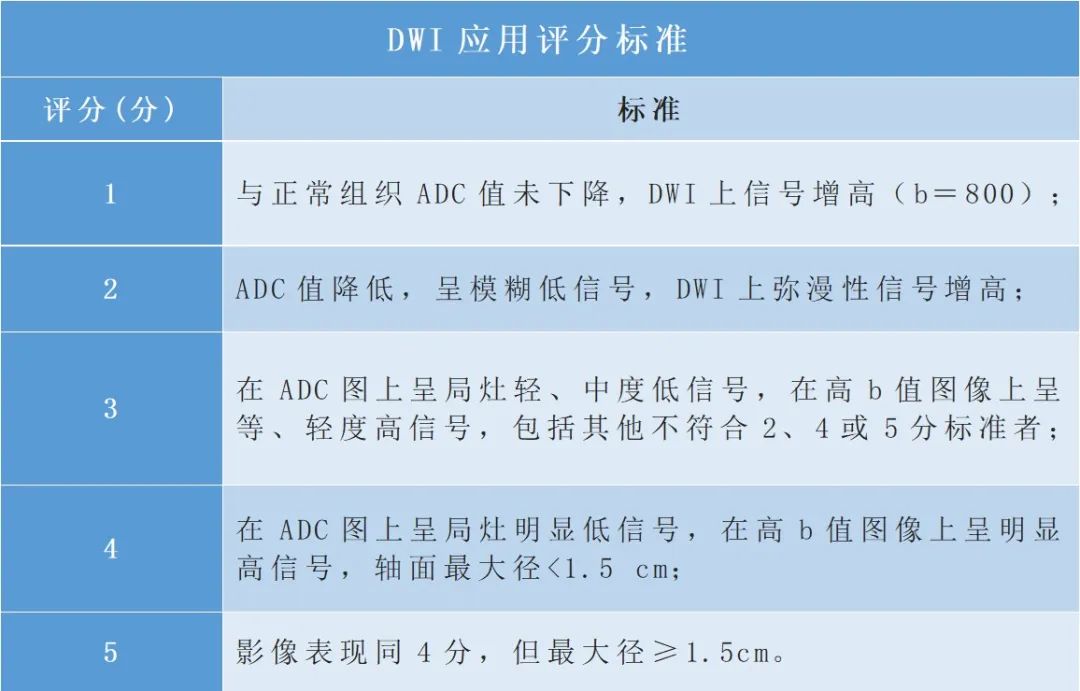
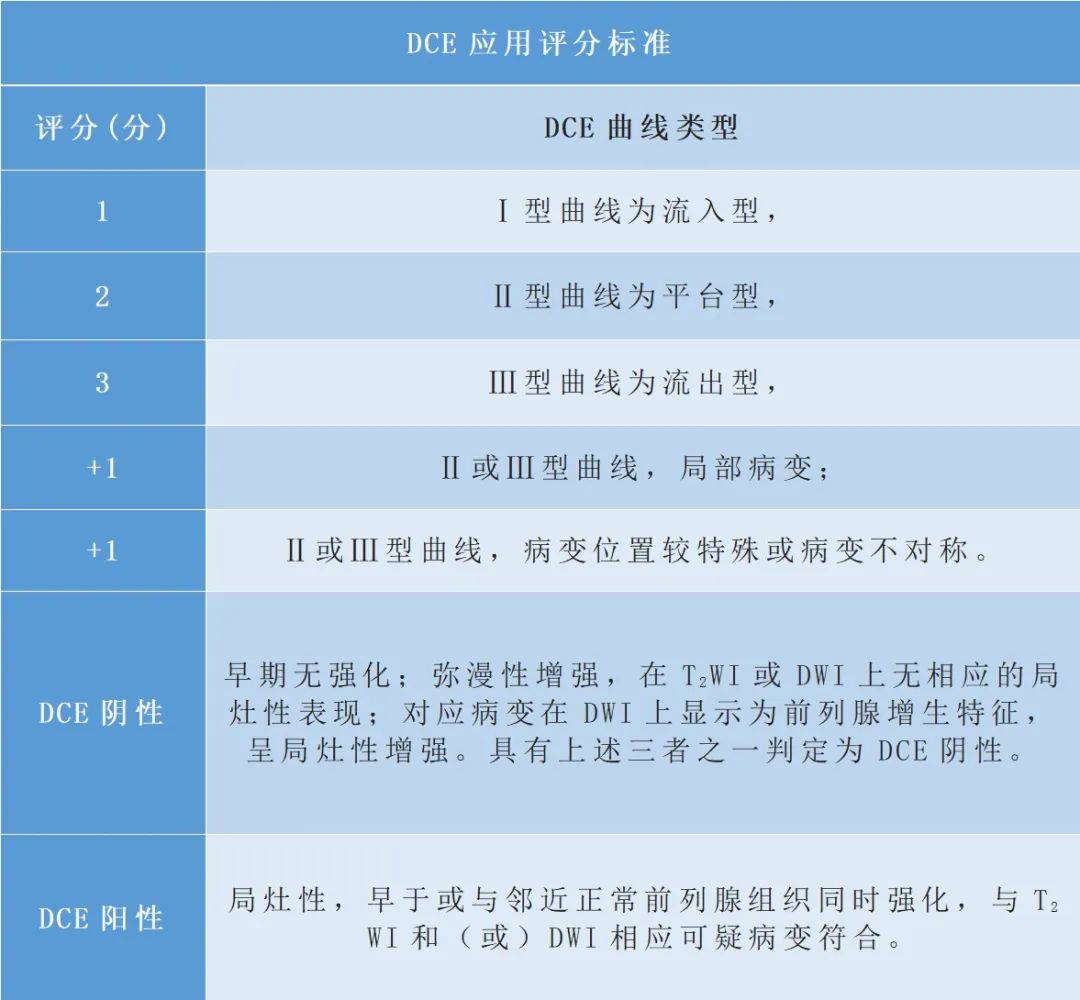 The main function of DCE is to avoid omitting small lesions. When the DWI pi-rads score of PZ in the current column is 3, DCE is negative, and its pi-rads score is still 3. However, DCE positive will increase the possibility of clinically significant prostate cancer related manifestations, and its pi-rads score will rise to 4. Positive or negative DCE had no effect on pi-rads scores of 1, 2, 4 and 5.
The main function of DCE is to avoid omitting small lesions. When the DWI pi-rads score of PZ in the current column is 3, DCE is negative, and its pi-rads score is still 3. However, DCE positive will increase the possibility of clinically significant prostate cancer related manifestations, and its pi-rads score will rise to 4. Positive or negative DCE had no effect on pi-rads scores of 1, 2, 4 and 5.
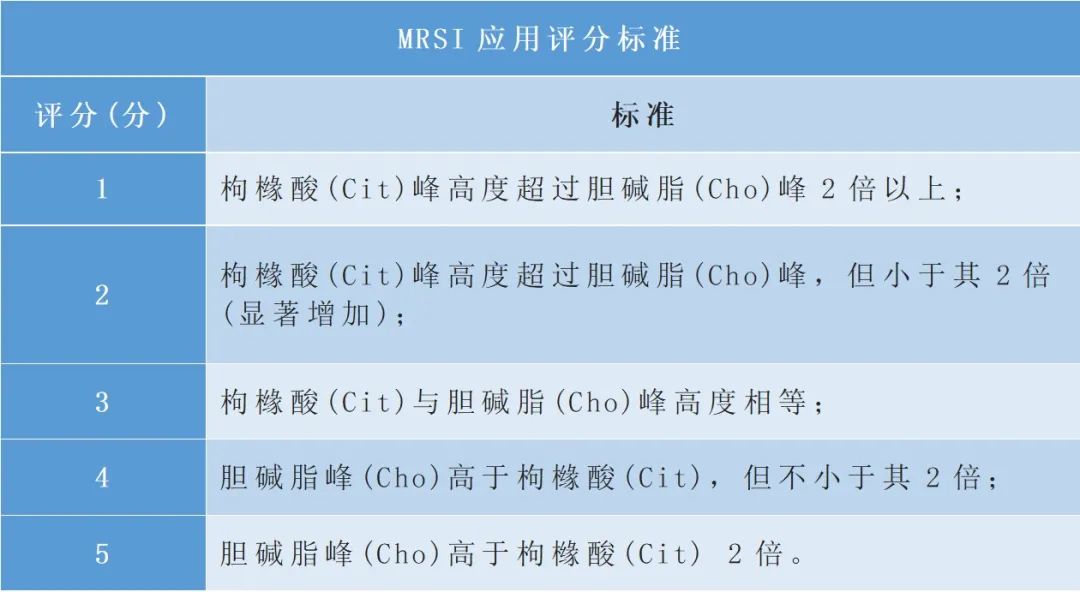

Original link:







